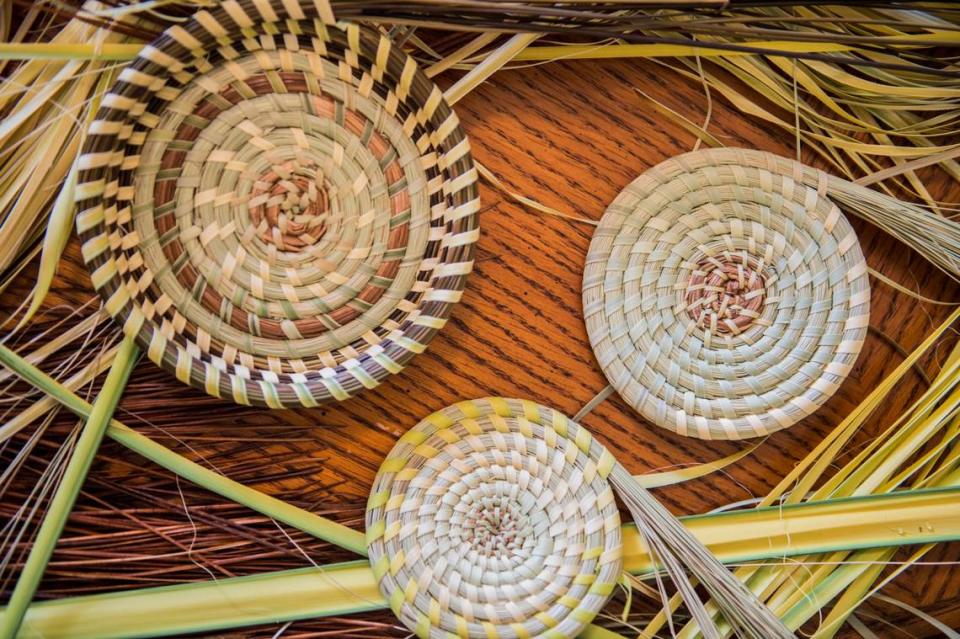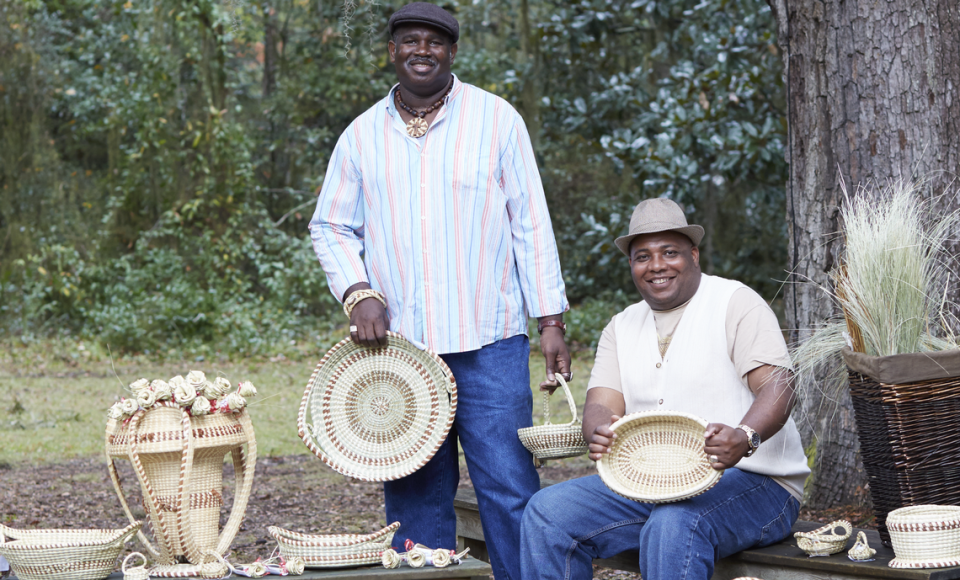Best in travel 2021: Find out where in the Carolinas is on Lonely Planet’s list
Editor’s note: While we are all sick of COVID-19 infiltrating every aspect of life — including travel — it is important to remember the guidelines put forth by the CDC before making plans. In addition to allowing you to check the case numbers in each state over the last seven days, the CDC website also provides a current list of state-by-state requirements and guidelines, including mask mandates and social distancing measures.
It’s not uncommon living in Charlotte to hear about friends heading to Wilmington, Charleston, Hilton Head or Jacksonville for a weekend on the coast. But beyond the beautiful beaches and fresh seafood, there is an entire culture whose history permeates the salt marshes of the low country — the Gullah Geechee of the Sea Islands. With one of the most comprehensive African cultural heritages in the country, the Gullah Geechee are one of only four American locales to be named to Lonely Planet’s Best in Travel 2021 list.
Each year, a panel of Lonely Planet travel experts have the daunting job of finding the very best places this planet has to offer. They take input from Lonely Planet writers, editors, photographers and a variety of partners and give it the ultimate “wow” factor test to see which locations come out on top.
This year, for the first time, Lonely Planet extended its Best in Travel List to include people and communities. Upon discovering the story of the Gullah Geechee of the Sea Islands, Lonely Planet knew it needed to shine a light on this underexplored culture.
“Travel is a much more considerate exercise in 2021 than it has been ever before,” Luis Cabrera, CEO of Lonely Planet, said in a statement. “Best in Travel 2021 champions people, places and organizations that are making travel a force for good, all the more essential in a year when COVID-19 has disrupted and deprioritized travel.”
From North Carolina to Florida
The Gullah Geechee Cultural Heritage Corridor stretches from the Cape Fear River in North Carolina, down the coast to the St. Johns River in Florida. It spans 12,000 square miles across four states (North Carolina, South Carolina, Georgia and Florida) and yet its rich history remains largely unknown — even to its long-time visitors.
The Gullahs (from the Carolinas) and the Geechees (from Georgia and Florida) are descendants of enslaved West Africans from Sierra Leone. They were brought to the United States in the 1700s and forced to work in the unbearable heat and mosquito-ridden rice plantations, cotton fields and indigo plantations along the lower Atlantic coast. It was a climate that closely mimicked their native land and while they were forced to tolerate it, many white landowners did not.
The landowners would often flee during the rainy spring season and beastly hot summers, leaving the Gullah Geechee isolated with each other and the only customs they had ever known. The result was a tight knit community deeply rooted in its African origins.
Many Gullah Geechees stayed on these barrier islands after slavery was abolished because it was all they had known and they could not afford to go elsewhere.
“When my great-grandmother was freed from working on Laurel Hill Plantation, she didn’t have anywhere to go,” Michael Smalls, a seventh generation Gullah, told CharlotteFive. “She would make sweetgrass baskets and sell them at the stands along Highway 17. She saved until she had enough money to purchase property.”
Gullah Geechee art, language
Isolated in these tidewater areas, the Gullah Geechee paid tribute to their African heritage by keeping the art, food, music and dance of their culture alive. Sweetgrass baskets, which were used functionally to cull and clean rice, became an art form passed down from generation to generation.
“I learned to make sweetgrass baskets from my mother and great grandmother sitting underneath a tree playing with any scraps I could find when I was just 7 years old,” Smalls said. He got away from the craft for several years before deciding to move from his hometown in Mt. Pleasant, South Carolina, to Hilton Head Island, South Carolina, to open his own store, Gullah Sweetgrass Basket Creations.

Perhaps one of the most unique features of the Gullah Geechee is their language. It is the only African creole language in the U.S., combining English with more than 30 different dialects. The result is a distinct vocabulary that allowed people who spoke many different languages to communicate.
“Growing up, I was made to feel ashamed of this language I spoke. I would be asked what island I was from,” Smalls said. This shame drove many away from speaking the language, opting instead to adopt what was considered the more ‘proper language’ — English. Fortunately, historians are now seeing the importance of this dying language, and it is even being taught at Harvard.
“Even within the Gullah culture itself, it became a dying language. But I will see it in places where people don’t even know they are hearing Gullah words. For example, I was watching a television program and a woman said ‘gimme’ instead of give me. That is a Gullah word,” Smalls said.
He and his apprentice-turned-business-partner Dino Badger are helping to share knowledge about the Gullah culture on a more local level by going into area schools and sharing the art, language and customs of the Gullah Geechee people. “This type of culture is passed down through history, and we were losing so much. I plan to spend the rest of my life trying to educate and teach because this is such a rich and diverse culture,” Smalls said.

Where to learn more in North Carolina
Because the Gullah Geechee Cultural Heritage Corridor is so expansive, there are many places to learn about the culture and history of this community. From landmarks as simple as a bench beside the road on Sullivan’s Island to entire plantations like Boone Hall Plantation — educational opportunities can be found throughout the four-state area. Festivals held throughout the year celebrate the heart of the Gullah Geechee Nation with food, music, dancing, crafts and stories.
Within North Carolina, the Bellamy Mansion Museum and Poplar Grove Plantation in Wilmington; the Brunswick Town and Fort Anderson in Winnabow; and the Moores Creek National Battlefield in Currie, are all part of the Gullah Geechee Corridor landmarks.
Get our newsletter
Sign up now to get CharlotteFive in your inbox daily.

